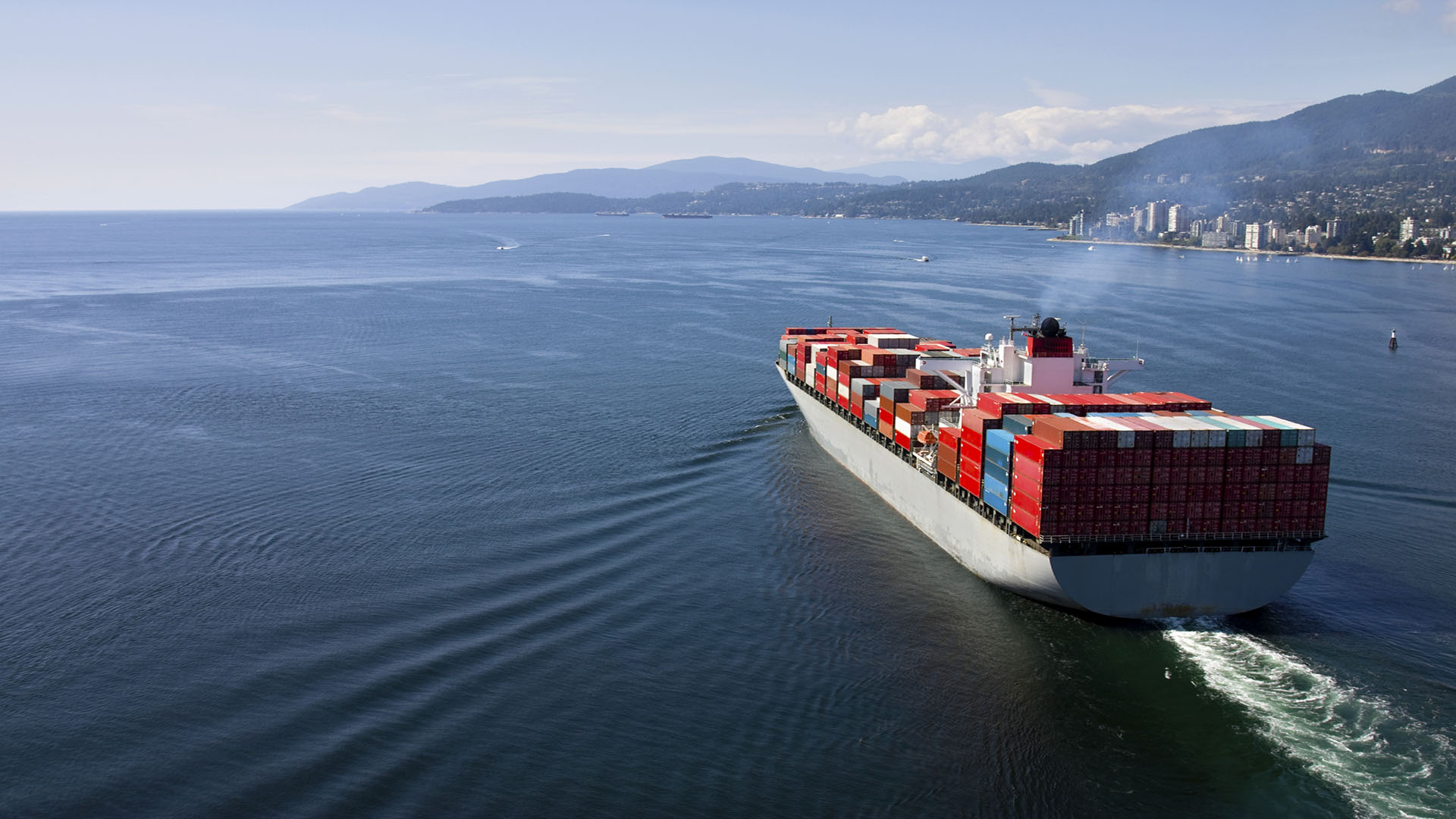
Nickel ore shipments from the Solomon Islands
Members are strongly advised to contact the Club in case of any intention to load nickel ore in the Solomon Islands.
Members will be aware of previously reported incidents associated with the safe carriage of nickel ore, (a Group A cargo as categorised in the IMSBC code) particularly from ports in Indonesia and the Philippines, resulting in liquefaction of cargo occurring on sea passage and in some cases, the tragic loss of vessels and their crews.
Although such incidents have apparently become less frequent as a consequence of the ban on exports of nickel ore from Indonesia and reduced export volumes from the Philippines, there is no room for complacency when it comes to assessing the potential liquefaction risks of nickel ore cargoes, whatever their origin.
In this respect, the Club has become aware of an increase in the number of nickel ore shipments emanating from the Solomon Islands over the past 18 months. As this is a relatively new trade, it is important that Members ensure they are fully appraised of local conditions at the places of loading, the particular characteristics of the nickel ore cargoes being exported from the Solomon Islands and the various challenges Owners and Charterers will be faced with in ensuring only safe and suitable cargo is loaded in full compliance with the relevant provisions of the IMSBC code.
From a general overview perspective, the geology of the Solomon Islands is structurally complex and similar to Surigao in the Philippines. These nickel deposits have a high proportion of clays that provide a high fines content, which, if allowed to predominate in an ore shipment, can cause handling and ship stability issues.
Typically, the export material from the Solomon Islands is a direct shipped ore (DSO) with very minimal processing, therefore a wide range of particle sizes are present in the cargo, with sand, silt and clay being predominant. The proportions of these three components is critical to material behaviour at differing degrees of saturation and exposure to stress from loading operations and vessel motions.
The cargo will have a ‘fatigue life’ when exposed to stress. The addition of water will make the cargo deteriorate, both in terms of handling and resistance to stress from vessel motions. Additionally, the cargo consignments are prone to the retention of water if exposed to rainfall and/or the material is inherently wet when extracted from the mine.
There have been reports of cargoes being accepted for loading that subsequently were found to have shifted or flattened in the cargo holds on passage. Earlier this year, it was reported that a liquefaction incident occurred on a bulk carrier which had loaded nickel ore at two locations in the Solomon Islands. Shortly after departure, the vessel experienced cargo liquefaction in two holds and had to divert to a port for refuge.
Taking into consideration the remote location and of the Solomon Islands and the immaturity of this trade, local cargo surveyors on the ground are likely to have limited knowledge of how to assess and interpret the cargo characteristics prior to and during loading operations. There are also presently no alternative laboratories that may be used in country to independently determine the moisture content and TML values of representative samples, outside of those used by the Shippers.
Members considering engaging in this trade are therefore strongly advised to contact the Club, preferably in advance of fixing, for further guidance and information.